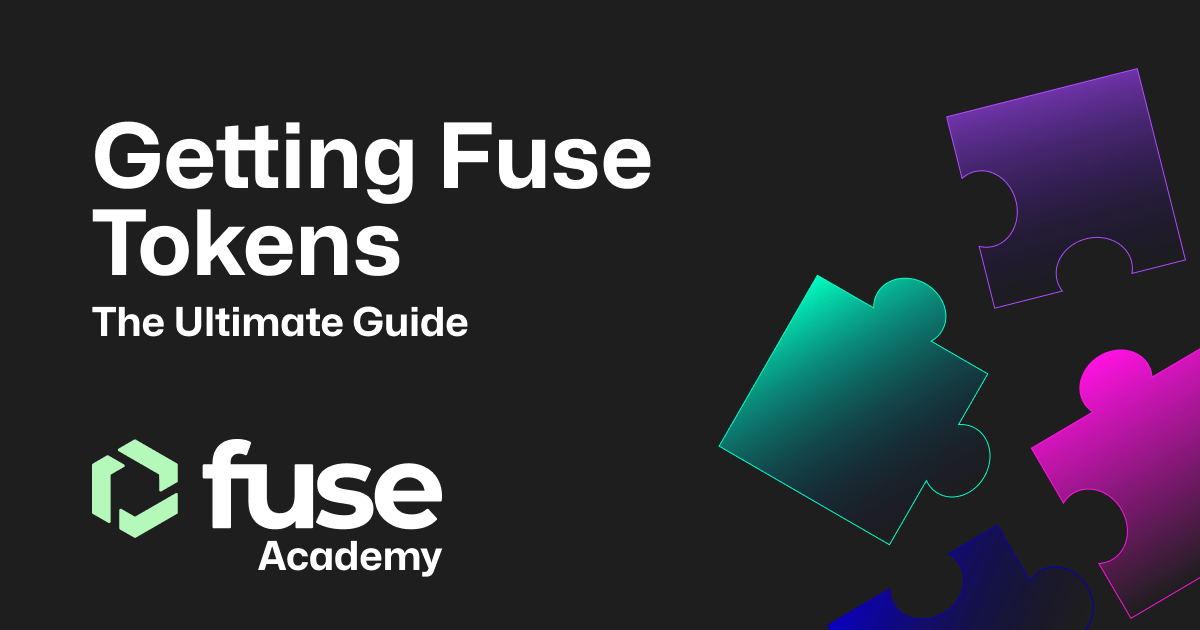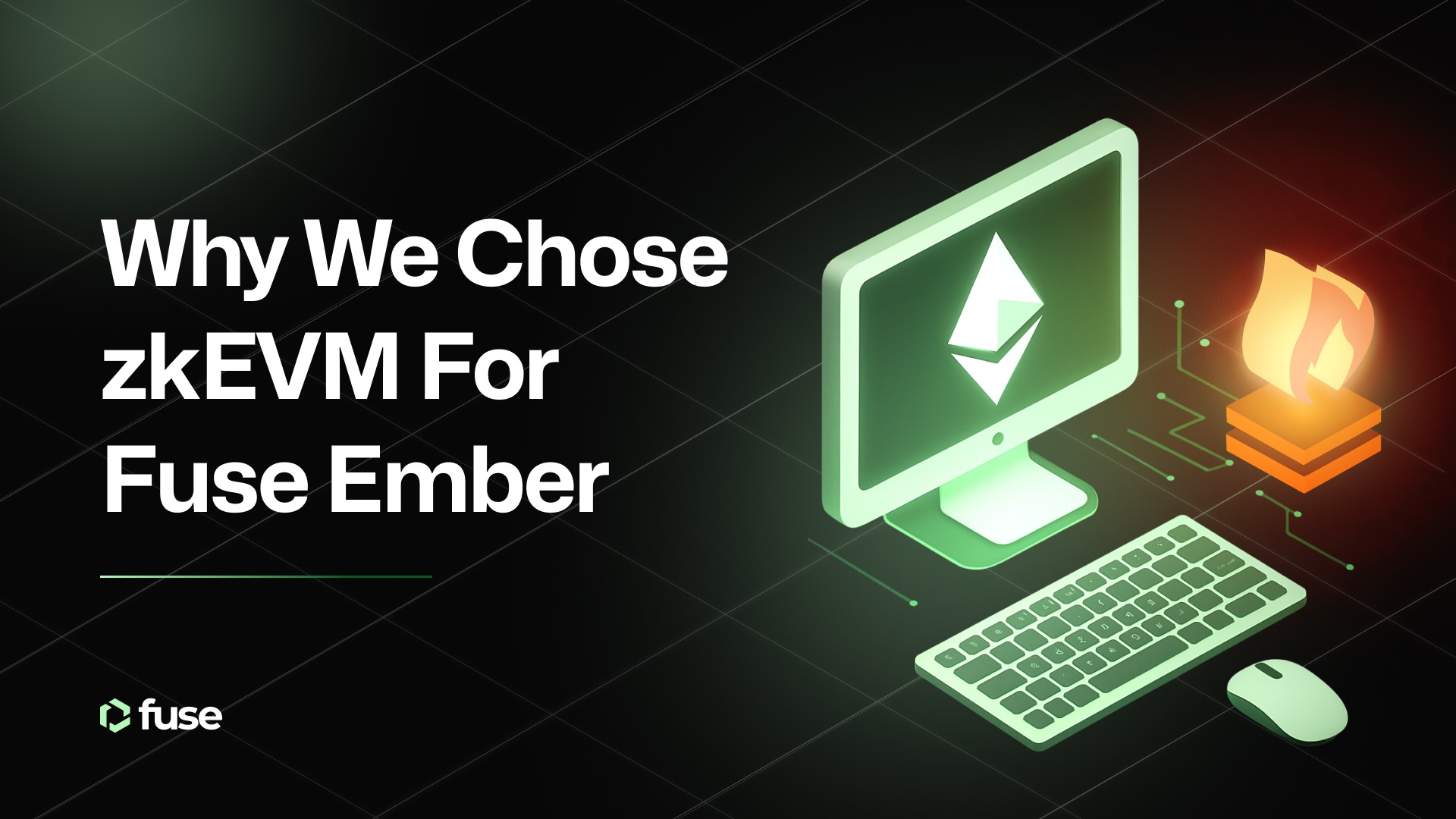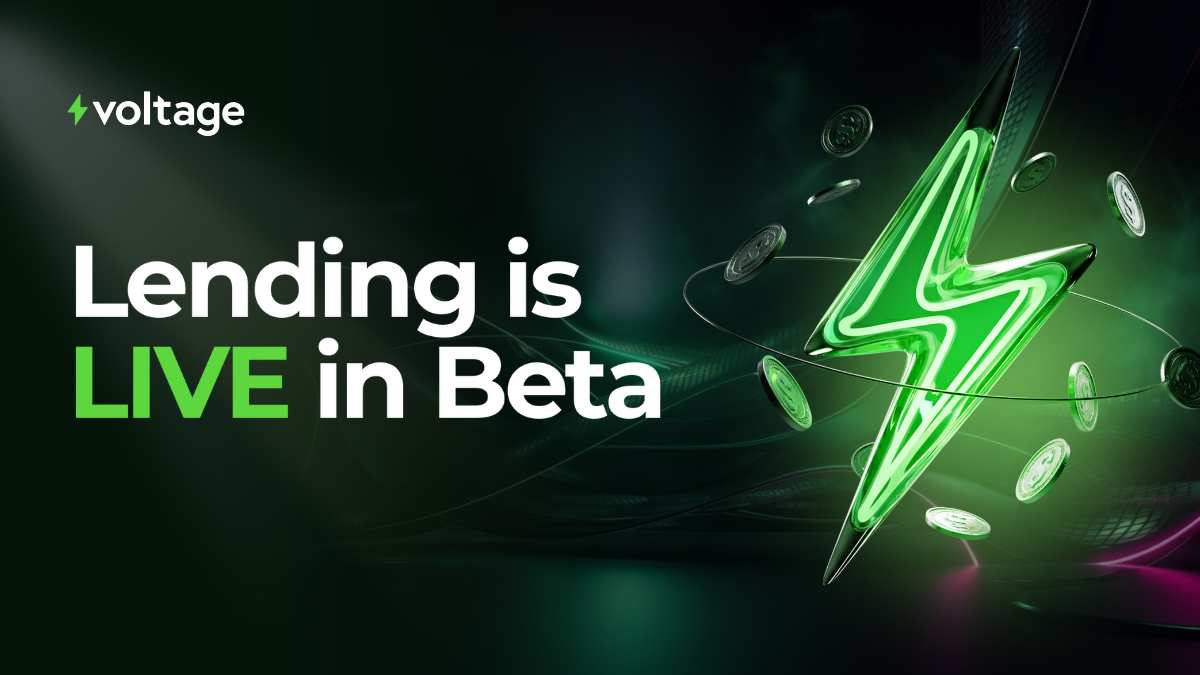Welcome to the ultimate guide on getting Fuse Tokens! Also referred to as FUSE or $FUSE. If you’re looking to delve into the world of cryptocurrencies and explore the exciting potential of Fuse Network and its native token, you’ve come to the right place.
This comprehensive guide will walk you through everything you need to know about Fuse Tokens, from their basics to how to acquire and utilize them effectively.
- Why Fuse Tokens Matter
- Decentralization and Security
- Accessibility and Inclusivity
- Low Transaction Costs
- Innovative Use Cases
- How to Get Fuse Tokens
- Create a Wallet
- CEX vs. DEX
- Getting Fuse on a Centralized Exchange (CEX)
- Getting Fuse on a Decentralized Exchange (DEX)
- Getting Fuse on BNB Chain, Polygon, or Ethereum
- Bridging Fuse
- Using Fuse Tokens
- Staking
- Yield Farming
- Governance Participation
- In-Summary
What Are Fuse Tokens?
Fuse Tokens, also known as FUSE or $FUSE, are digital assets built on the blockchain, and they play a vital role in various decentralized applications (dApps). They are not just a form of digital currency but a medium for transferring value, executing smart contracts, and participating in the decentralized finance (DeFi) ecosystem.
Why Fuse Tokens Matter
Now that we have a basic understanding, let’s explore why they matter.
Decentralization and Security
One of the critical reasons why Fuse Tokens are gaining popularity is the decentralized nature of the Fuse Network. No single entity or government controls the network, making it resistant to censorship and interference. Your transactions are secure and transparent, thanks to the power of blockchain technology.
Accessibility and Inclusivity
Fuse Network’s user-friendly design makes it accessible to people of all backgrounds and technical levels. Whether you’re a seasoned crypto enthusiast or a newbie looking to dip your toes in the water, Fuse offers a welcoming environment.
Low Transaction Costs
Say goodbye to hefty transaction fees! Fuse Network is known for its low transaction costs ($0.001), making it an attractive option for everyday use. Whether sending money to a friend or engaging in a DeFi or NFT project, you’ll appreciate the cost-effectiveness.
Innovative Use Cases
Fuse Tokens are not just another cryptocurrency; they open up a world of innovative use cases. From creating your own tokens for your business to participating in governance decisions on the Fuse Network, there’s a wide range of possibilities to explore. A few examples are:
- Peer-to-Peer Transactions: Sending and receiving funds without intermediaries.
- Smart Contracts: Executing automated agreements without third-party involvement.
- Governance: Participating in decision-making processes within Fuse.
How to Get Fuse Tokens
Now that you’re persuaded of the value let’s dive into the practical steps of acquiring them.
Create a Wallet
Before getting Fuse Tokens, you need a secure wallet to store them. Here’s how to get started:
- Download a reputable cryptocurrency wallet that supports Fuse, such as Trust Wallet or Metamask.
- Follow the setup instructions to create your wallet. Be sure to back up your recovery seed in a safe place!
CEX vs. DEX
Centralized Exchanges (CEXs) and Decentralized Exchanges (DEXs) are distinct types of cryptocurrency trading platforms. As the name suggests, centralized exchanges are centralized, managed by organizations, and act as intermediaries, whereas DEXs operate on blockchain technology, enabling direct peer-to-peer trading without central control.
Centralized exchanges may be susceptible to hacks due to centralized custody, while DEXs prioritize user asset control, reducing hacking risks. CEXs generally offer a more comprehensive range of cryptocurrencies and higher liquidity due to their established user base, while DEXs may have limited listings but provide access to unique tokens.
Getting Fuse Tokens on CEXs
Centralized exchanges, or CEXs, are a popular entry point for many cryptocurrency enthusiasts. They provide a user-friendly interface and often have many trading pairs.
Step 1: Choose a Reliable CEX
Before acquiring Fuse on a centralized exchange, you must pick the right platform. Here are some essential factors to consider:
- Security: Ensure the CEX employs robust security measures to protect your assets.
- Reputation: Research the exchange’s reputation and read user reviews to gauge its trustworthiness.
- Supported Tokens: Check if the CEX offers Fuse tokens and the trading pairs you’re interested in.
CEXs we recommend: Gate.io, MEXC, and HTX.
Step 2: Sign Up and Verify
Once you’ve selected a CEX, sign up for an account and complete the necessary verification process. This typically involves providing personal information and identity verification documents.
Step 3: Deposit Funds
To start trading, you must deposit funds into your CEX account. Most exchanges support deposits in various cryptocurrencies or fiat currencies, depending on their policies.
Step 4: Place an Order
Now that your account is funded, it’s time to place an order for Fuse tokens. Here’s how:
- Navigate to the trading section of the CEX.
- Choose the trading pair you want (e.g., ETH/FUSE).
- Specify the type of order (market or limit) and the amount of Fuse tokens you want to buy.
- Review and confirm your order.
Step 5: Secure Your Fuse Tokens
Once your order is executed, your Fuse tokens will be credited to your CEX account. It’s crucial to transfer them to a secure, non-custodial wallet such as MetaMask for added security. Remember, not your keys, not your tokens!
Getting Fuse Tokens on DEXs
Decentralized exchanges, or DEXs, like Voltage Finance and Uniswap, offer a different approach to acquiring Fuse tokens. They allow users to trade directly from their wallets, providing greater control and privacy.
Step 1: Set Up a Wallet
If you don’t already have one, you must set up a cryptocurrency wallet that supports Fuse tokens. Popular options include Metamask, Trust Wallet, and MyEtherWallet.
Step 2: Add Fuse Tokens to Your Wallet
To trade Fuse tokens on a DEX, add them to your wallet. Here’s how:
- Open your wallet and select the option to add a custom token.
- Enter the Fuse token contract address, symbol, and decimals (you can find this information on the Fuse Network website).
Step 3: Choose a DEX
There are several DEXs where you can trade FUSE, such as Voltage Finance and Uniswap. Choose one that suits your preferences and has good liquidity for your desired trading pairs.
Step 4: Connect Your Wallet
Once you’ve selected a DEX, connect your wallet to the platform. This will allow you to trade directly from your wallet, maintaining control of your assets.
Step 5: Swap Tokens
Now comes the fun part – swapping your assets for FUSE. Here’s how to do it:
- Select the trading pair you want (e.g., ETH/FUSE).
- Enter the amount you wish to swap.
- Review the transaction details and confirm the swap.
Step 6: Store Your Tokens Securely
After completing the swap, your tokens will be in your wallet. Store them securely, and consider using hardware wallets for added protection.
Getting Fuse on BNB Chain, Polygon, or Ethereum
Several DEXs support versions of the FUSE token on multiple networks, including Ethereum, Optimism, Arbitrum, Polygon, and BNB Chain. This is useful for several reasons. If you already hold assets in any of these chains, you can easily trade for Fuse.
We suggest using the following DEXs to get Fuse tokens on other networks:
BNB Chain: PancakeSwap
Polygon: Quickswap
Ethereum, Optimism & Arbitrum: Uniswap
Moreover, using the Fuse token bridge, you can send FUSE from any of these networks to your wallet on the Fuse network to participate in staking to earn more FUSE or vote in governance decisions.
Bridging Fuse Tokens
The Fuse token bridge facilitates FUSE, USDC, and WETH transfers between the Fuse Network and Polygon, Optimism, and Arbitrum. Further features include bridging from Ethereum and BNB Chain and sending assets from centralized exchanges, including Binance, KuKoin, Huobi, and Coinbase.
Bridging from BNB Chain and Ethereum to Fuse and vice versa is available via the older, soon-to-be depreciated Voltage Finance bridge. Which is directly linked via the new bridge site for convenience, and complete guides can be found here.
Sending assets from centralized exchanges such as Binance, Coinbase, Huobi, and KuCoin is powered by LayerSwap—a leading solution designed for seamlessly transferring crypto assets across various exchanges, blockchains, and wallets, which is directly linked via the new bridge site for convenience, and complete guides available.
Using Fuse Tokens
Now that you’ve got your hands on some Fuse Tokens, it’s time to explore how to put them to work and earn more!
Staking
Staking is a process where you lock up your Fuse Tokens in a smart contract to support the network’s operations. In return, you earn rewards. Here’s how to get started with staking:
Choose a Staking Platform: Look for a staking platform that supports Fuse Tokens. Some popular options include Fuse Network’s official staking platform or the VOLT mobile app.
Connect Your Wallet: Connect your wallet to the staking platform and choose a validator to stake with.
Select the Amount to Stake: Decide how many Fuse Tokens you want to stake and confirm your selection.
Start Staking: Initiate the staking process, and your tokens will be locked up in the staking contract.
Earn Rewards: As your Fuse Tokens support the network, you’ll earn rewards over time. The longer you stake, the more you can potentially earn!
Yield Farming Fuse Tokens
Yield farming is another exciting way to earn. It involves providing liquidity to decentralized exchanges and earning rewards in return. Here’s a simplified guide to getting started:
Provide Liquidity: Find a DeFi platform that supports Fuse Tokens and liquidity pools. Voltage Finance, Uniswap, and SushiSwap are popular options.
Add Funds to a Pool: Select a pool you want to contribute to (e.g., VOLT/Fuse), and provide an equal value of both assets to the pool.
Receive LP Tokens: In return for your contribution, you’ll receive LP (Liquidity Provider) tokens representing your pool share.
Stake LP Tokens: Stake your LP tokens on the DeFi platform to earn rewards, which may include additional Fuse Tokens or other tokens from fees generated by the pool.
Remember that yield farming carries some risks, so do your research and only invest what you can afford to lose.
Governance Participation
Fuse Network allows its token holders to participate in governance decisions. By holding Fuse Tokens, you can have a say in the platform’s future development, upgrades, and proposals. To get started:
- Monitor governance proposals and discussions on the Fuse Network forums or community channels.
- Vote on proposals that align with your vision for the network.
Fuse Tokens In-Summary
Whether you’re a seasoned crypto enthusiast or a newcomer, this guide has equipped you with the knowledge to start your journey. Remember to stay informed, exercise caution, and explore the ever-expanding possibilities of Fuse Network.
.svg)
.svg)












